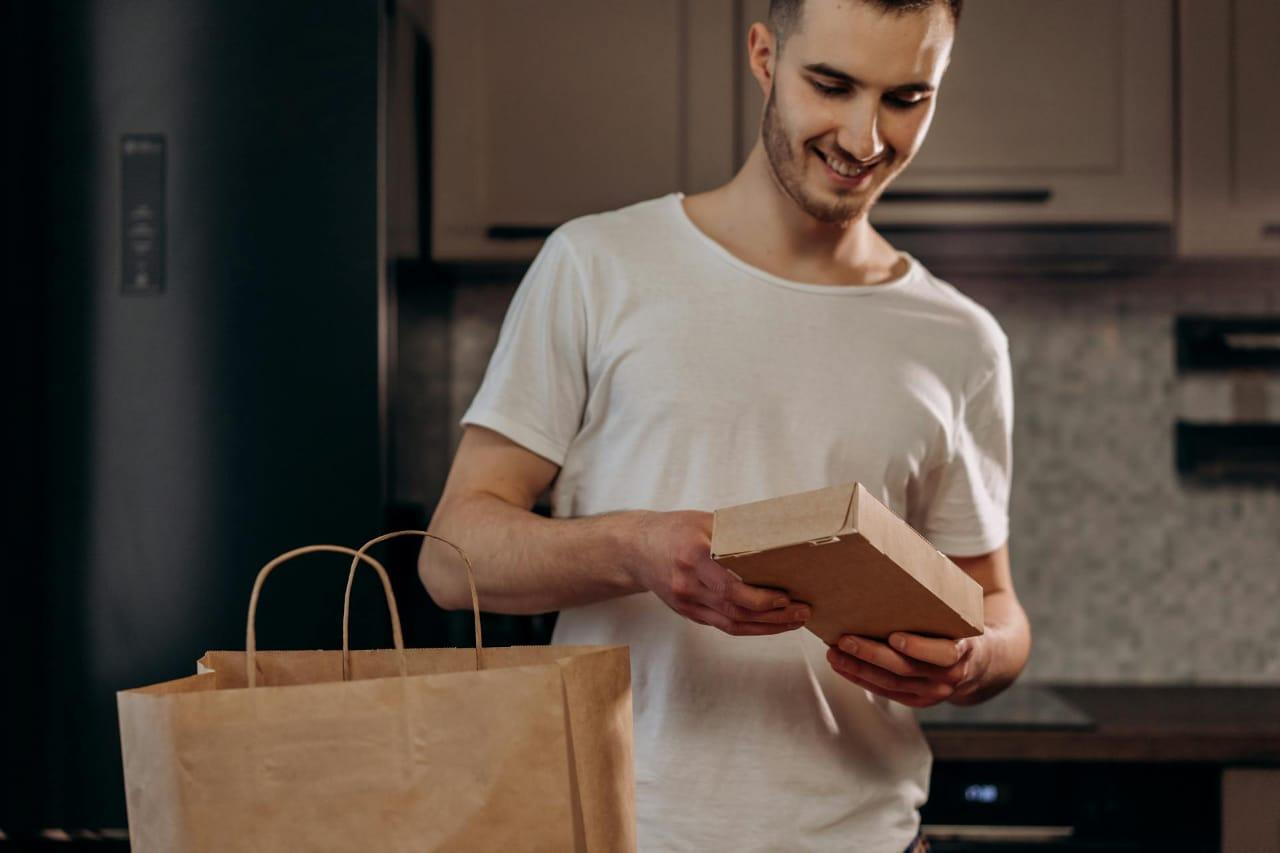
Food delivery has become an indispensable aspect of modern life, from quick snacks and meals to ordering takeout. But have you ever considered what keeps it fresh, intact, and at an acceptable temperature when delivered straight to you? Food packaging for delivery plays an essential part in guaranteeing this experience for both consumers and businesses alike; innovative trends in packaging have emerged to meet consumer expectations while businesses push efficiency further forward.
From eco-friendly materials to smart technology, packaging is rapidly developing in food delivery. Let's examine some of the biggest trends shaping the future of packaging and how they're helping address its biggest obstacles.
Food delivery packaging plays more than simply protecting its contents--it acts as the initial contact between you and your meal! Poor design could result in leakage, temperature, or contamination issues for which businesses must address complaints immediately; on the contrary, well-designed packages ensure your meal arrives looking and tasting exactly how the chef intended!
Effective packaging enhances branding while creating an unforgettable unboxing experience for customers. Businesses have turned to innovative solutions to meet these expectations while simultaneously improving operations.
One of the most exciting developments in food delivery packaging has been smart packaging technology's introduction. Equipped with temperature monitors and tamper-evident seals - as well as QR codes allowing real-time tracking capabilities - smart packaging provides real-time meal monitoring features to make food delivery services even better!
Temperature-sensitive labels provide peace of mind during transit by showing whether or not your food was kept at an ideal temperature, and tamper-evident seals enhance trust in the delivery process by showing no indications that it has been handled inappropriately or mishandled during delivery.
Smart packaging goes beyond safety to increase efficiency for businesses. By taking advantage of innovative features, businesses can reduce waste while improving delivery accuracy and overall experience.
As consumers become more environmentally aware, more are demanding eco-friendly packaging options such as biodegradable containers, recycled materials, and compostable wrappers - these sustainable options have quickly become the new normal in consumer demand.
Sustainable options help businesses reduce the environmental footprint associated with food delivery, but selecting them may not always be easy. Businesses face difficulties balancing performance with sustainability when selecting eco-friendly materials compared to more durable plastics - however, advancements in material science provide solutions that are both eco-friendly and economically effective.
Sustainable packaging means enjoying your meals guilt-free knowing they come wrapped in materials that won't harm the planet.
One size does not fit all when it comes to packaging for food delivery services. Custom designs tailored specifically for menu items have become more and more prevalent; from compartmentalized containers that keep sauce separate from fries to brand boxes that make your order instantly recognizable, customization has completely revolutionized food delivery packaging.
Packaging that's thoughtfully designed doesn't just add visual interest; it also minimizes waste, prevents spillage, and ensures food arrives as advertised. Plus, personal touches like handwritten notes or eye-catching designs leave lasting impressions that might encourage future orders!
Behind every great packaging solution lies the challenge of finding ways to balance cost with quality. High-end materials may be costly; businesses must find ways to invest in innovative packaging without dramatically raising prices.
Customers want the benefits of superior packaging without incurring an exorbitant delivery charge; businesses that can strike this balance effectively will gain operational efficiency while keeping their offerings cost-competitive.
Food delivery packaging will continue to advance as innovations combine smart technologies, sustainability practices, and personalization - meeting each person's individual needs in new ways. Reusable programs could become even more common as waste reduction becomes an even greater goal!
Emerging materials, like edible packaging or bioengineered plastics, could transform the industry as more accessible technologies like these are adopted and utilized. Not only could they improve food delivery service quality and contribute to creating an eco-friendlier future but it would also enhance food service providers' service quality and enhance sustainability efforts.
Food delivery packaging has come a long way, yet challenges still exist. Advances like smart technology, sustainable materials, and customized designs help businesses improve quality, reduce waste, and enhance customer satisfaction. However continuous improvement must still take place for this fast-paced industry to truly keep pace. By identifying potential packaging challenges early and creating solutions to them, businesses can provide solutions that meet both customer expectations as well as environmental considerations.